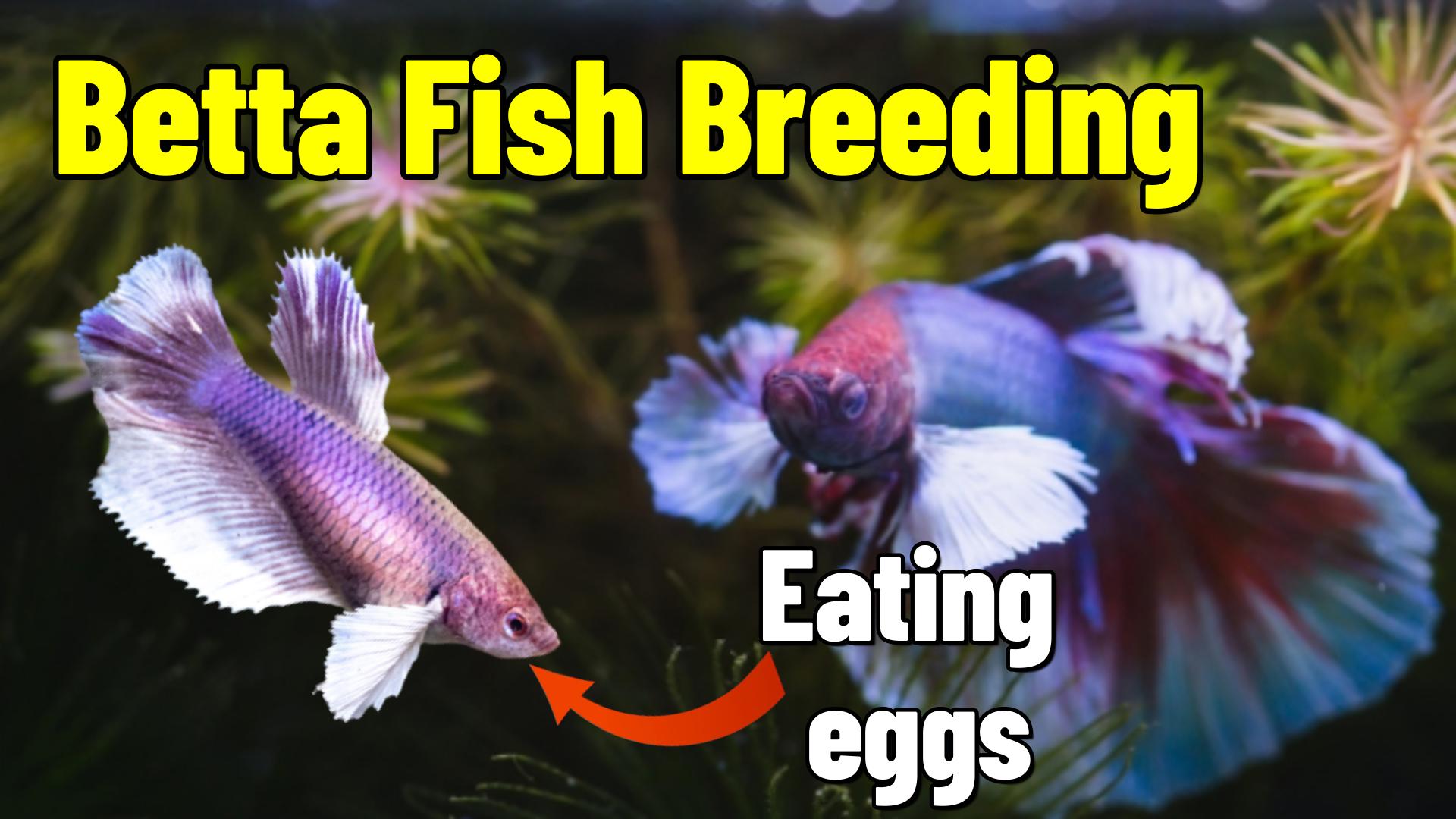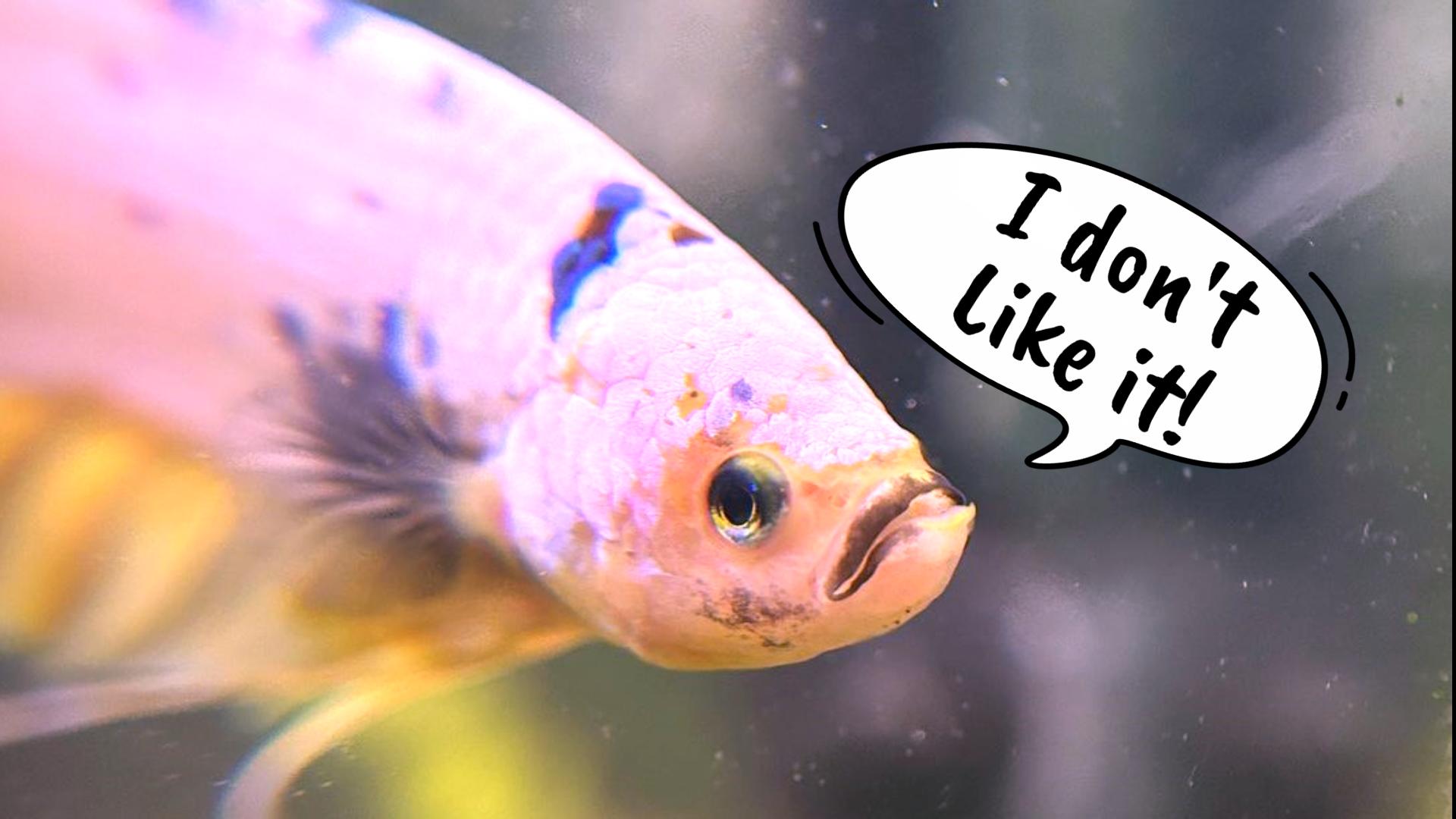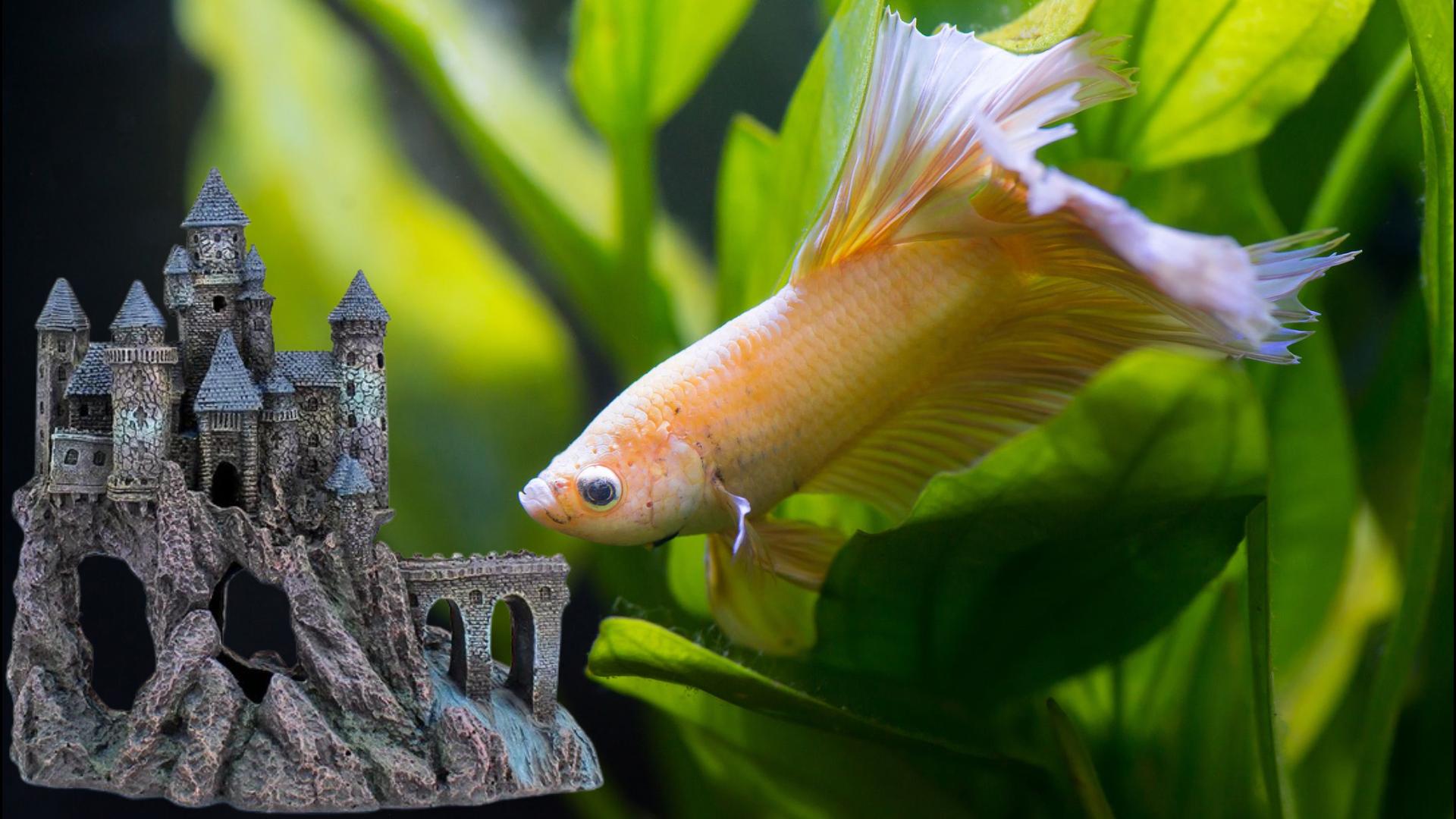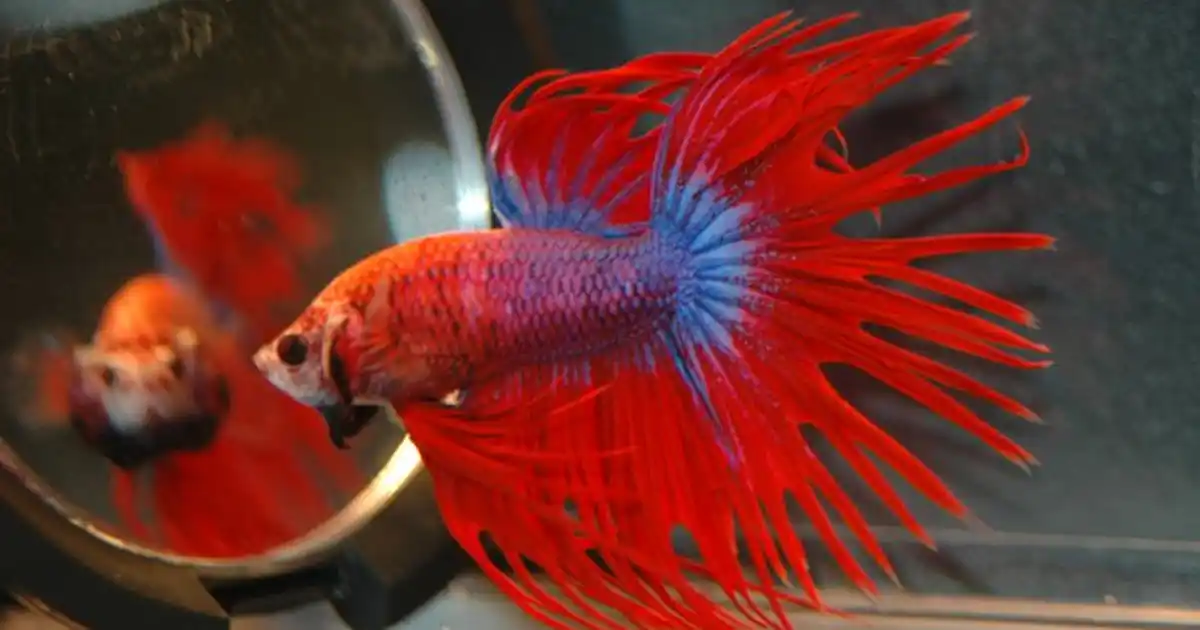Breeding betta fish can be an exciting experience, but it’s essential to understand the signs of readiness in both male and female betta fish for breeding. This blog shows you how to identify when your betta fish are ready for breeding.
Is Your Female Betta Fish Matured?
If you’re considering a female for breeding, it’s essential to understand the key indicators of her readiness. First and foremost, female betta should be at least 4 to 6 months old before breeding. When a female betta is receptive and ready to mate, she may display a small white spot near her ventral fin, known as the “egg spot”. This spot helps release eggs during spawning. You may observe that the female’s belly swells. Her swelling indicates that she is filling up with eggs, ready for spawning. Lastly, note her activity level. Healthy breeding-ready females are active and energetic. You’ll often find them swimming around the tank, exploring their environment, and showing an interest in their surroundings.
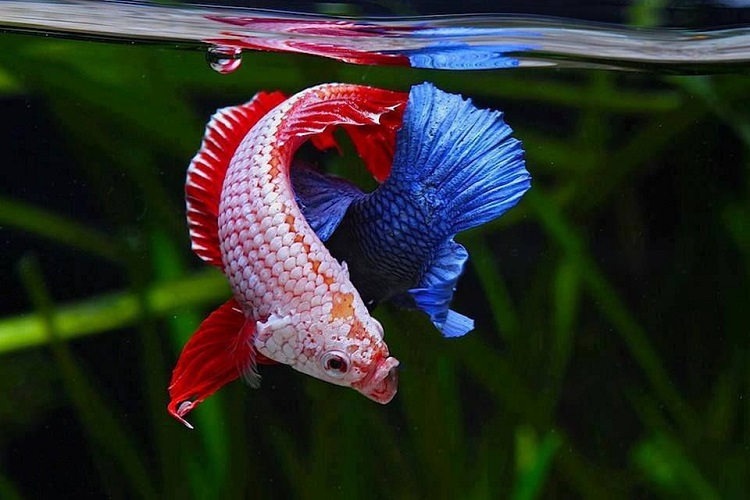
Breeding Betta Fish
How to Know Your Betta Fish Are Ready For Breeding?
Once you’ve identified a female ready for breeding, it’s equally important to find a male betta that’s in the right condition. Make sure to check out this blog about conditioning betta fish for breeding before your next breeding session. Let’s move on to male betta fish now.
Similar to female betta, male betta should also be at least 4 to 6 months old before breeding. Additionally, I recommend avoiding betta fish older than 14 months since their breeding process may be exhausting for them. Next, observe the male’s colors, which often provide a clue about his breeding condition. Breeding-ready males typically display more vibrant and intense colors. One of the most significant signs that a male betta is ready for breeding is his instinctive bubble nest building. As we can see here, our male has already constructed a bubble nest at the water’s surface. This fascinating structure, made from air bubbles, saliva, and plant materials, serves as a safe haven for eggs during spawning. A well-constructed bubble nest is a clear indication that the male is fully prepared to breed.
Healthy male betta are also highly active and alert. As you can observe, our male swims energetically around his tank, showing a keen interest in his environment. An active and engaged demeanor is another positive sign of his breeding readiness.
Things must know!
Now that you know how to identify both male and female betta ready for breeding, it’s time for a quick reminder. Do not breed too young or unhealthy betta. Ensure both the male and female are in optimal condition. Create a suitable breeding environment with plenty of hiding spots, plants, and soft water for successful breeding. Always supervise the breeding process. Betta can be aggressive, and the male may harm the female. Once spawning is complete and all eggs are released, remove the female from the breeding tank to prevent aggression. Remember to be patient. Also, it’s important to make multiple attempts to get things exactly right for betta fish breeding success.

